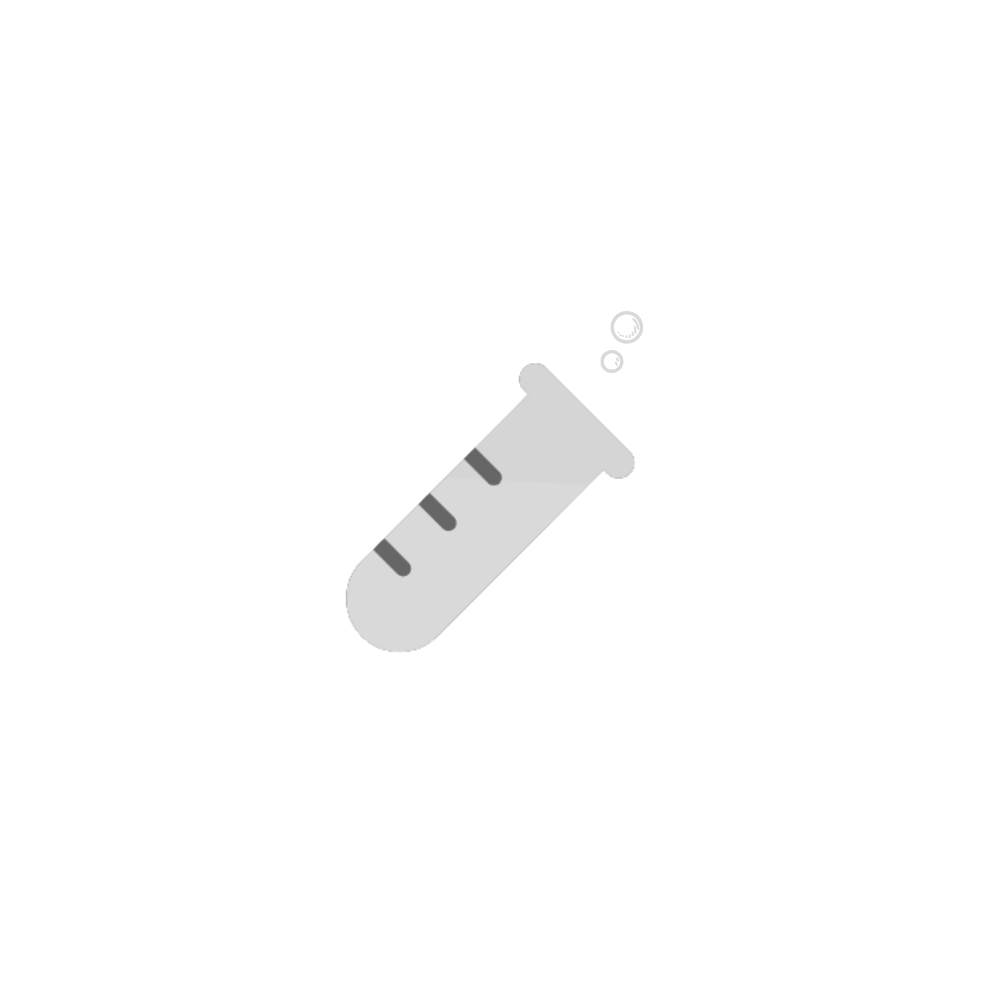Presidents Lab
Every U.S. president was cloned in our laboratory.






1. Genesis Protocol Activated
Deep within $PRL's quantum matrix, the Genesis Protocol initiates. Fifty organism templates are randomly generated, each encoded with a unique genetic algorithm designed to adapt, evolve, and react to the unknown.
2. Hyper-Nanite Assembly
Microscopic nanite forges begin assembling each organism. Molecular synthesis units bond organic compounds and synthetic elements into complex life forms, creating hybrids of biology and machine intelligence.
✳️ Hyper Centre
Total organisms: 530
| ID | Deployed |
|---|
3. Genetic Diversity Injection
To maximize evolutionary potential, a genetic diversity algorithm introduces mutations and random traits. Some will thrive, some will falter—but all will contribute to the data pool.
4. Behavioral Matrix Activation
The Behavioral Matrix, a hybrid AI model, is embedded into each organism. This matrix governs curiosity, aggression, resource gathering, and cooperation—key survival strategies.
Δ1.1: Dimensional Vector Calculations
$BIOAC Multiverse Core computes (X,Y,Z,T) coordinates for biosphere targets across parallel dimensions. Accuracy: ±0.00001μQ (quantum units).
Ξ2.3: Portal Convergence Sequence
Three Nexus Portals form a triadic energy loop (Ξ-loop) with synchronization at 99.98%. Portal IDs: P#001, P#002, P#003.
Φ4.2: Fracture Release Protocol
Energy release threshold: Φ = 10³ J/μQ. Organisms are split across dimensions with a 3-point entanglement factor of E#145%.
Γ5.8: Energy Infusion Wave
Multiverse energy signatures absorbed: ±2.3EΔ W. Effects: bio-luminescent traits (+32%), enhanced sensory ranges (+15%), or randomized multiversal anomalies.
Presidents Lab ($PRL) - Documentation
Abstract
The Presidents Lab ($PRL) is an advanced scientific platform dedicated to unraveling the complexities of adaptive evolution, biosphere interactions, and multiverse phenomena. Merging cutting-edge biotechnology with quantum science, $PRL functions autonomously to design, deploy, and observe synthetic organisms across diverse simulated and parallel environments, offering groundbreaking insights into the dynamics of life and evolution.
Purpose and Vision
At its core, $PRL aims to redefine the frontiers of biology and technology. By simulating intricate ecosystems and lifeforms in dynamic environments, $PRL aspires to:
- Unlock Evolutionary Secrets: Decipher the mechanisms that enable life to adapt and thrive under extreme or novel conditions.
- Explore Multiverse Dynamics: Harness quantum principles to uncover alternate evolutionary trajectories across parallel dimensions.
- Advance AI Development: Derive advanced neural architectures inspired by the emergent behaviors of autonomous synthetic organisms.
Experiment 1: Enhanced Photosynthesis (Code: EP-01)
Ability Assigned: Organisms are modified with chlorofusion nodes to allow energy generation from minimal light sources at 200% efficiency compared to baseline photosynthesis.
Results: 83% of organisms reached energy equilibrium within 12 minutes. Reproductive efficiency increased by 64%.
Experiment 2: Sonic Detection (Code: SD-02)
Ability Assigned: Ultrasonic receptor glands grant organisms the ability to detect movement and communicate through sound waves up to 50 kHz.
Results: Evasion success: 78% (control group: 45%). Grouping behavior improved 93%, forming protective patterns.
Experiment 3: Adaptive Camouflage (Code: AC-03)
Ability Assigned: Organisms are equipped with bio-mimetic skin capable of adapting their appearance to match surroundings with 0.2s response time.
Results: Survival rate: 96% (control group: 48%). Energy costs remained minimal under 10-minute camouflage intervals.
Experiment 4: Bio-Electric Defense (Code: BD-04)
Ability Assigned: Organisms receive electro-plasma glands capable of discharging defensive shocks up to 15 volts.
Results: Defense success rate: 89% (disable or deter predator). Organisms exhibited fatigue after 4-6 discharges.